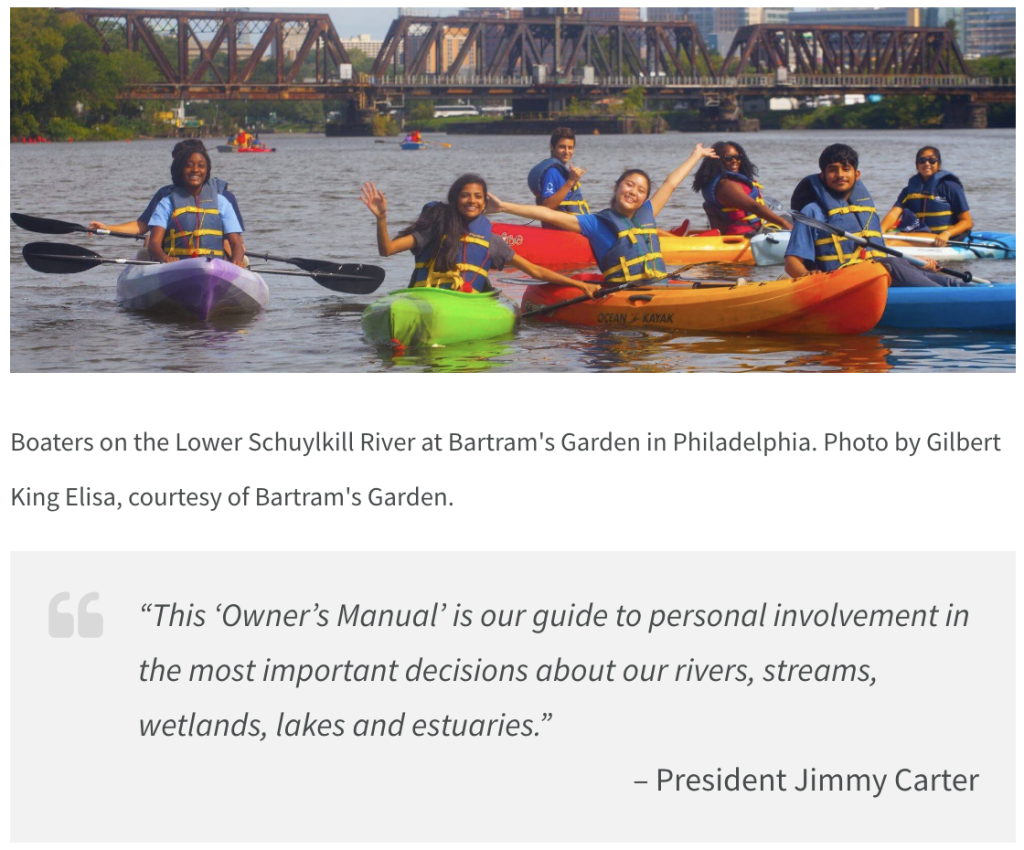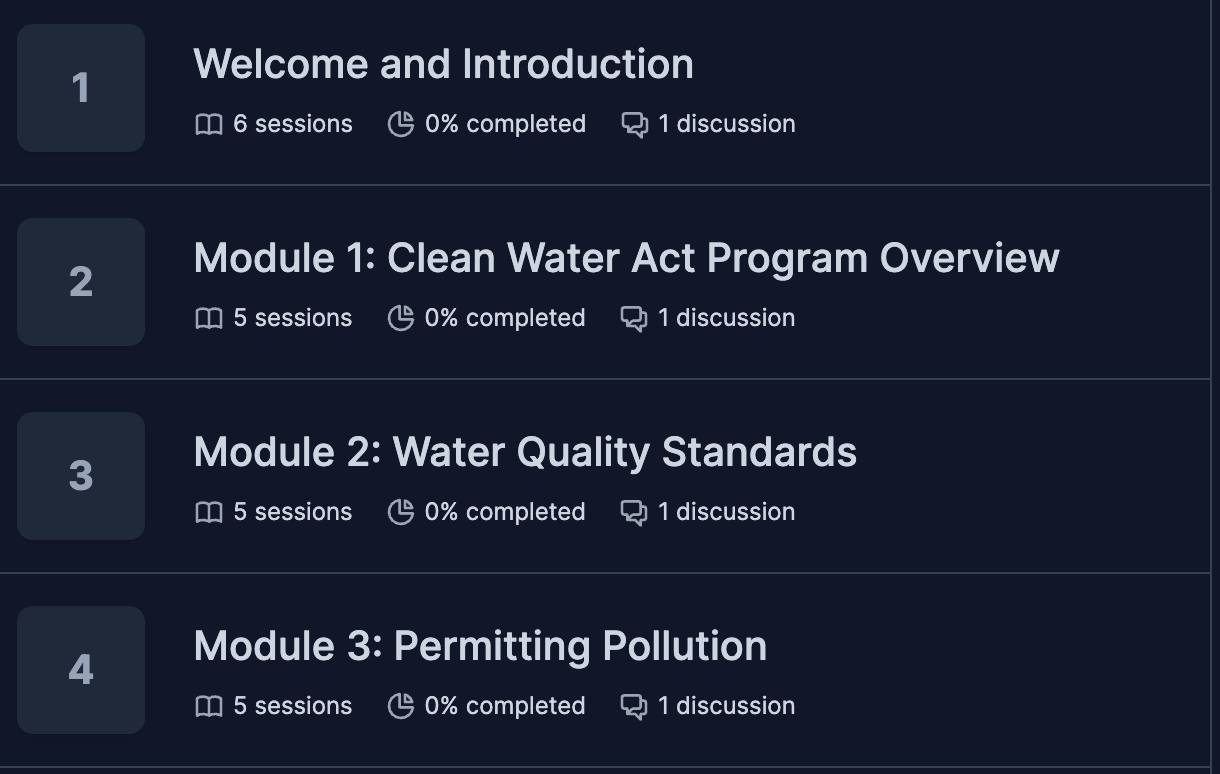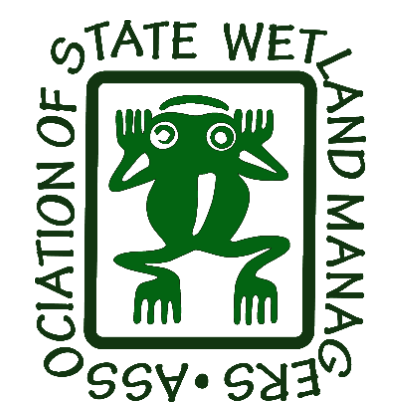guide/manual
September 11, 2023
The quintessential, transformational tool on how YOU can use the CWA to protect your waters. The Clean Water Act became law 50 years ago. To commemorate the milestone of this landmark […]
September 11, 2023
River Network has launched a Clean Water Act Self-Paced Training Series. Based on our updated Clean Water Act Owner’s Manual, this 9-part training series is an opportunity to learn the […]
January 5, 2023
The State Revolving Fund (SRF) Advocacy Toolkit, created in partnership between River Network and Clean Water For All, was developed to support state and local advocates interested in water infrastructure investment who are seeking to better understand the State Revolving Fund (SRF) process.
December 1, 2022
The Equitable Development Principles & Scorecard is a tool to answer the question: “How can development repair past harms and contribute to a stronger, more inclusive and thriving community?” The Alliance partnered […]
October 17, 2022
The President of the Wilderness Society – Jamie Williams – addresses the audience for the curriculum with the following introduction and explanation: “We are thrilled to share a curriculum on […]
October 17, 2022
In their guide, the authors of the Urban Institute’s Do No Harm Guide describe the background for using the guide: “People who work with data every day seek to make […]
March 29, 2022
The Guide offers resources around seven core Goals. It helps strengthen each organization’s Internal Readiness to advance equity, and to hone internal Policies and Programs, as well pathways to collaboratively advance goals related to Centering Community, Siting and Investment, Benefits-Driven Project Development, Economic Stability, and Preventing Displacement.
September 22, 2021
The report provides an Urban Forest and Health Menu that compiles nature-based adaptation actions from peer-reviewed research. The menu includes nine adaptation strategies that are designed to be used […]
August 24, 2021
From the San Juan Bay Estuary Program (Estuario), the Community Preparedness Guide for Hurricanes is a guide (in Spanish) that suggests practical tips that can be applied in the community […]
August 6, 2021
The Urban Wetlands Protection and Restoration Guide summarizes the findings of a two-year project carried out by the Association of State Wetland Managers to identify ways to enhance, protect, and restore wetlands within and surrounding urban areas to maximize economic, ecological, and social benefits for urban communities.










